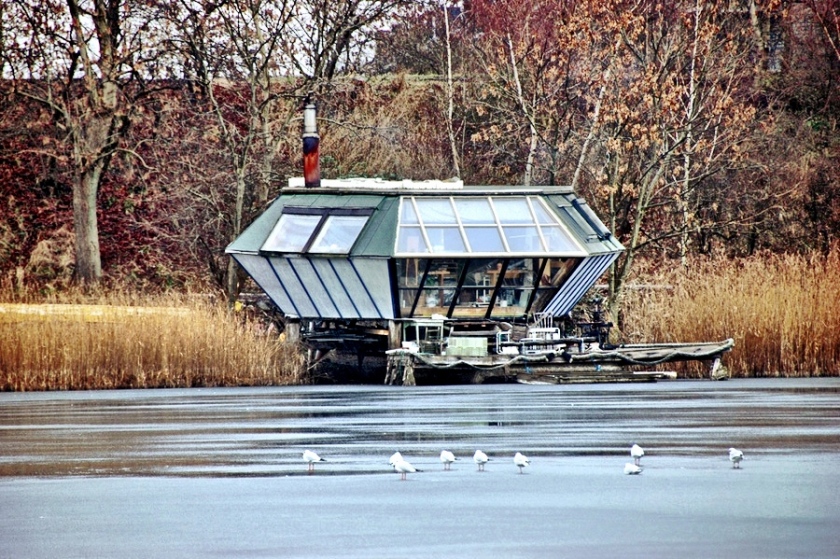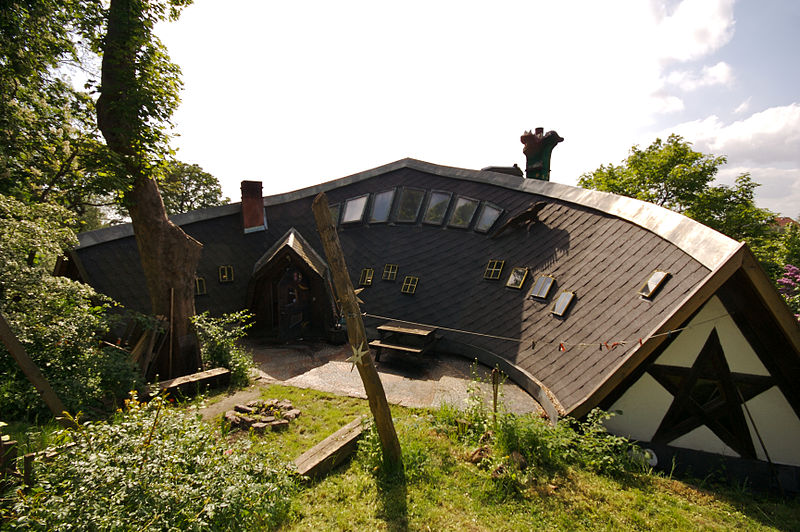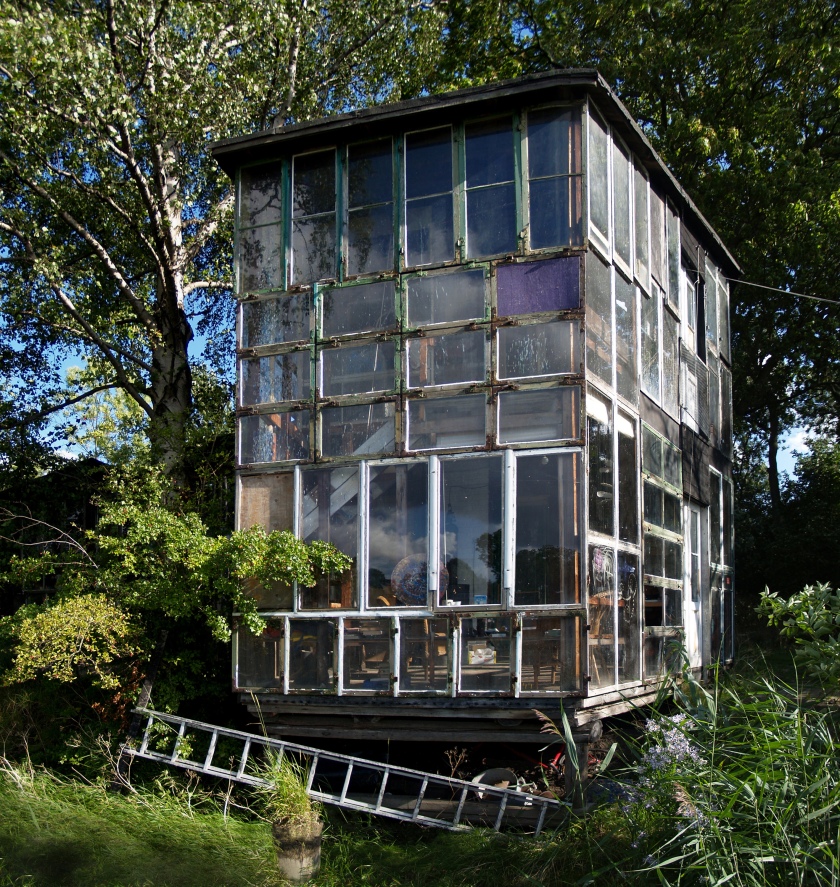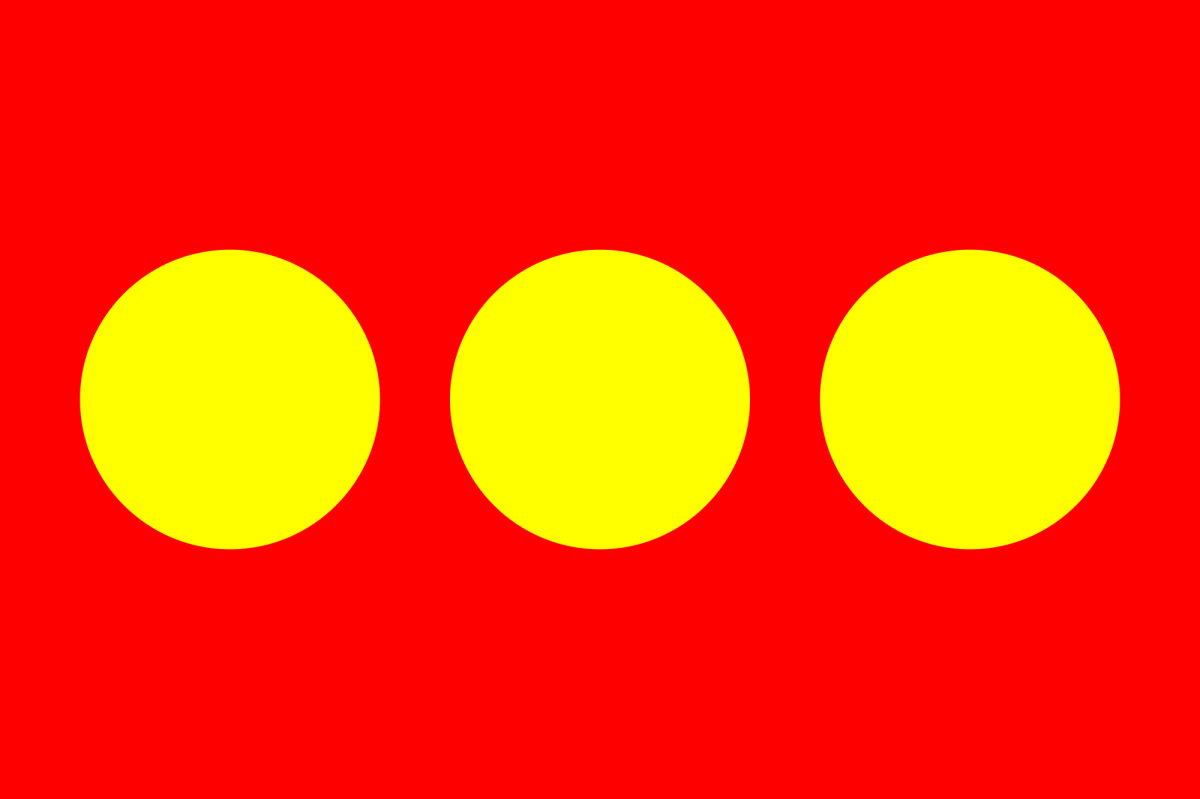A unique existence unseen in other parts of the world, a free-state proclaimed within one of the most stable states in the world, Christiania, in the borough of Christianshavn in Copenhagen, amazed me with the audacity of such an experiment, the insistence of its people and the struggle for freedom.
The area of Christiania is a 84-acre enclave consisting of the former military barracks of Bådsmandsstræde, but the apathetic, steel-cold touch of the “forbidden military area” has been transformed into a haven of creative expression, challenge to authority and communal love and living – everything that I can associate with the hipsters.
Indeed, the founding of the Christiania, as I was told by Sofie (who brought me to Christiania) along with some pre-reading, originates as a protest against the Danish government because at the time there was a lack of affordable housing in Copenhagen. Whether the takeover of the former military barracks was contended, but it coincided with the the hippie movement, the squatter movement, collectivism and anarchism at the time in the 70s.
Burst of Freedom
On 26 September 1971, Christiania was proclaimed open by Jacob Ludvigsen, a well-known provo and journalist who published a successful magazine called Hovedbladet (‘The main paper’). In the paper, he wrote an article about an exploration into what he termed ‘The Forbidden City of the Military’:
Christiania is the land of the settlers. It is the so far biggest opportunity to build up a society from scratch – while nevertheless still incorporating the remaining constructions. Own electricity plant, a bath-house, a giant athletics building, where all the seekers of peace could have their grand meditation – and yoga center. Halls where theater groups can feel at home. Buildings for the stoners who are too paranoid and weak to participate in the race…Yes for those who feel the beating of the pioneer heart there can be no doubt as to the purpose of Christiania. It is the part of the city which has been kept secret to us – but no more.
Ludvigsen was co-author of Christiania’s mission statement, dating from 1971, which offers the following:
The objective of Christiania is to create a self-governing society whereby each and every individual holds themselves responsible over the wellbeing of the entire community. Our society is to be economically self-sustaining and, as such, our aspiration is to be steadfast in our conviction that psychological and physical destitution can be averted.
The sense of Christiania being a social experiment is therefore strong. It has been changing, not necessarily for the better, but the sense of it being an ideal states have been there from the very beginning. According to Tom Freston, whose article published on Vanity Fair in 2013, portrays Christiania in its early stage in 1972 as “more of a festival to me than a society”. Everything was so mesmerizing. Thousands of young Danes – feminists, anarchists, hippies, artists were turning their back on straight society and have created this idealistic world they inhabit now. When I was scrolling in the streets, hotch-potch of warehouses, huts, houses, beautifully colorful murals and grotesque sculptures captured my eyes. A front facade of a house was painted green with a peaceful-looking Buddha sitting on a lotus flower, with a man (perhaps the artist himself) sitting right below it, talking to his friend next-door. The famous Danish musician Lukas Graham was born and raised in Christiania, and I think his artistic spirit was definitely nurtured well.
Overtime, Christiania has evolved into a somewhat exclusive community because it wishes to retain the progressive, artistic characteristic it sets out with. If you wishes to live there, you can’t just buy a house or apartment and move it – you have to be recommended by a resident there.
This might be one of the few places where rich money throwers are handicapped.
Architecture
Christiania is full of houses built by residents themselves, entirely catering to their artistic choice. As I was walking along the twisted, somewhat unmended, trails with my friend, I have seen some of the most peculiar architectures unexpectedly.

This tiny house situated beside a lake, with its glass windows opening up the views of the sky and the lake – something I find all Danes are very fond of. The color scheme establishes nice contrast with the surrounding, thus bringing the tiny house into prominence. A small dock outside the house for coffee and relaxing time with friend is a perfect accessory to the already brilliant design.

When I walked past this house, I was thoroughly amazed. The person living there must be very interesting. The glass windows serves as good source of light, with the roof being a possible playground for children to use as a slide. The shape of the roof encloses the little space in the middle, bringing a sense of Danish hygge(cozziness). Privacy is paramount, as I can feel from the house. It was lucky of me because I could only see this because we accidentally found this little messy trail that led to this great view.

This house is idiosyncratic of “modern architecture without architect”.
True Anarchy or No?
As the occupation of Christiania took place, there has always been struggle between the people on this land and the government. It has also very interesting features associated.
Own Constitution, Anthem and Flag
Christiania has its own constitution called “Christiania’s Common Laws”, which are basically a collection of Dos and Don’ts.
The Do’s: “Love each other, play music, kiss, burp, feed your turtle, have babies, pick flowers, go to the toilet, have a bonfire.”
The Dont’s: “No weapons, no hard drugs, no violence, no private cars, no bikers colours, no bulletproof clothing, no sale of fireworks, no use of thunderflashes, no stolen goods.”
The 1976 protest song I kan ikke slå os ihjel (“You cannot kill us”), written by Tom Lunden of flower power rock group Bifrost, became the unofficial anthem of Christiania.

They even have their own flag! The three dots symbolizes the three ‘i’s in the Christiania.
The free-spirited land cannot be even more quirky to me:).
Bitter Negotiation – Struggle for continuance
At the beginning, people living there refused to pay taxes. The houses were unkept, streets getting trashed more day after day. Therefore, since 1994, residents have paid taxes and fees for water, electricity, trash disposal, etc.
Another issue is land-ownership. The Danish government threatened to evict the residents there because they did not own the land they currently live on. Therefore, in June 2011, the residents of Christiania agreed (very reluctantly because Christianites opposed the idea of private property) to collectively set up a fund to formally purchase the land at below market prices.The community made its first payment in July 2012, officially becoming legal landowners. However, it is interesting to note that the land is bought as shares – which means that it is not a single individual that owned a specific piece of land but all owns all, something very much aligned with communist spirit.
We now pay double for half the freedom, considering the interest cost and increased rent. We have moved into a capitalist structure. Money talks now. It’s possible for the state to keep turning the wheel on the rent and the banks to keep making the interest higher. It will be harder and harder for older people, disabled people, to keep a home here.”“[i]f we do not keep up our payments, we have three months’ notice and the state can throw everybody out.
It is a question that has been asked for so long: to what extent should we sacrifice freedom in exchange for an umbrella protection or a conformity to the collective? It is a question to be reevaluated.
Drugs
One of the most famous ‘selling point’ of Christiania is its main drag, known as Pusher Street(named Greenlight District there), where hash and skunk weed were sold openly from permanent stands until 2004. The struggle has been very bitter because it was hard to reach a consensus on this. In the campaign against hard drugs (such as heroin), the Junk Blockade was launched by Christianites. For 40 days and nights, men, women, and children patrolled ‘The Arc of Peace’ and whenever they found junkies or pushers they gave them an ultimatum: either quit all activities with hard drugs or leave Christiania. In the end, the pushers were forced to leave, and sixty people entered drug rehabilitation. It was a huge success in the history of Christiania.
However, the Cannabis trade continues in Christiania. There has evolved a distinct way to purchase drugs secretly – for drugs are illegal in Denmark. I did not get to know such process because I had no such intent, but I could feel the vigilance in the Pusher Street when I walked past – the glances from the men and women there seemingly to inspect something. I did not acquire any photos thereof, for it is known that photo-taking devices will be forcibly taken away from tourists like me because the sensitivity of the trade.
The drug trade has been a constant political discussion in Denmark, particularly regarding Christiania. So far, as the chart below shows, the support side wins with a small margin of practicality.
| Proponent | Opponent |
| concentrating the hash trade at one place would limit its dispersion in society | Universal principle to ban drug trade – Christiania and elsewhere |
| Could prevent users from switching to ‘harder drugs’ | No differentiation between soft and hard drugs |
| Open cannabis trade was one of Copenhagen’s major tourist attractions | It scared other potential tourists away. |
| Even though the police have attempted to stop the drug trade, the cannabis market is still thriving in Christiania. |
Christiania is a fascinating wonder, and I am fortunate to have been there on July 14th, 2016. Its creativity and challenge to authority will remain a legacy of Denmark and a message that tourists like me with bring back home.


